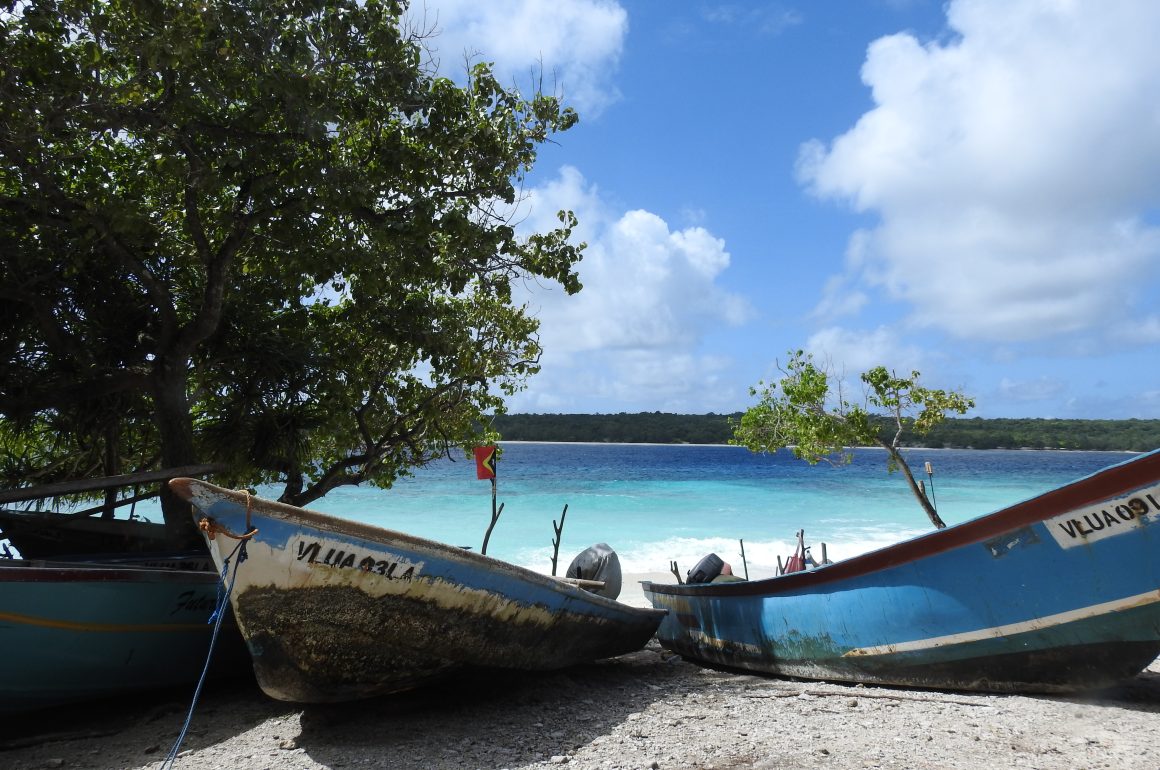
“Hey big guy! You!” Startled I looked up from my bird book about birds and saw a stocky, heavily tattooed (“mohter“) young man looking at me with a steely glare. “You were writing about Timor-named birds on my favourite website but you never mentioned the Timor Sparrow, you need to fix that”. Fortunately, I can and I will, today. For I am a coward. I backed off from a fight with a queue-jumping Indian auntie while standing in line for the passport control in Denpasar, surely I won’t stand up to this misspelled hulk?
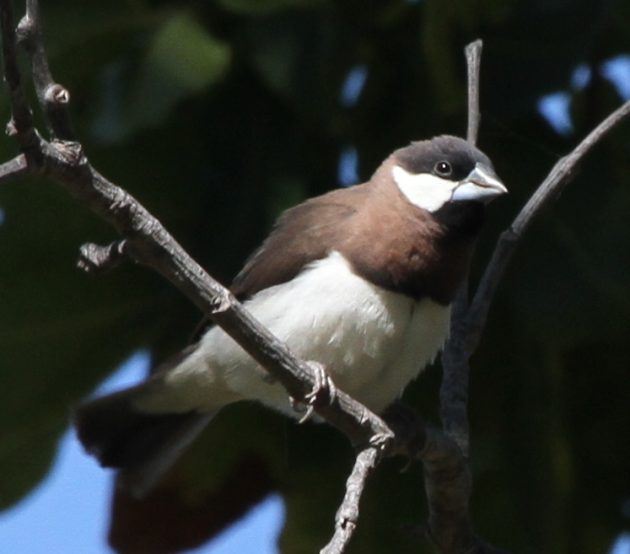
But first, let’s talk about a Victorian. Alfred Russel Wallace had only three flaws, in order of importance: he called the Timor Gerygone “plain”, he was an anti-vaxxer and he indulged in spiritism later in life. He was also remarkably non-Victorian in his attitude towards other classes and the people in the places he travelled to. He understood very well that “those who succeed in the race for wealth are by no means the best or the most intelligent”. For being a pretty decent dude and a good sport, the universe granted him 90 years of life on the planet he described better than anyone else before him. While investigating the bio-geography of the Malay Archipelago, Wallace had noticed that Jaco Island is apparently the only place in Timor-Leste with members of the megapod family: Orange-footed Scrubfowl. Despite being on the right side of the oft-mentioned Wallace line megapods are mysteriously missing from mainland Timor. A fact Wallace established with the help of hordes of hunter/collectors (OK, four flaws). He was spot on, but how did he know for sure? I tell you, the man was a genius.
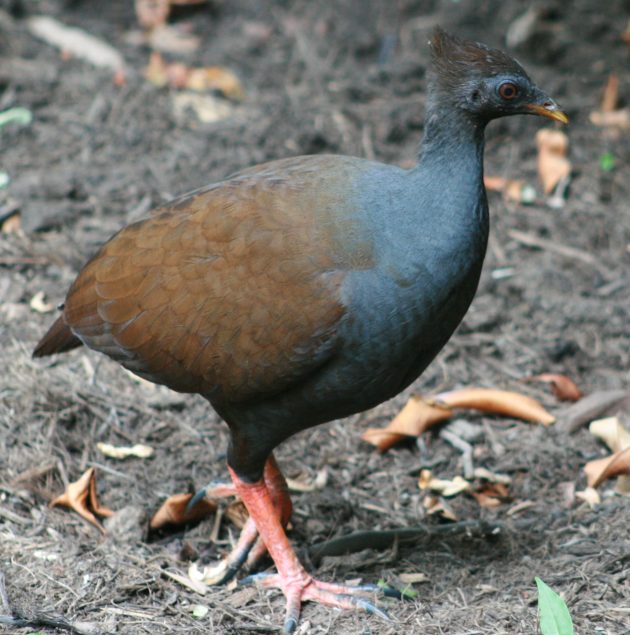
Jaco island was on my itinerary. Fishermen would take me across the 900-meter channel between the Valu Sere beach and the island. I had already been told that the forest was off-limits (spirits, sinkholes, and getting lost were just some of the reasons for this restrictive policy). My educated guess is that the taboo on human presence may be the reason the scrubfowl are still there. When it was time for me to cross the narrows to the island, the sea looked a bit rough, but not too rough. Birders can take a lot of misery. However, the fishermen seemed to disagree with my assessment. They didn’t say they were scared but the excuses not to go were weak and plentiful. We are only two, said the five (!) men. You can stay 30 minutes, no, 20 minutes, no, even less. We drop you off and return with you immediately, no time to linger. And so on. Every excuse followed by a shifty look to the rough sea. So the fishermen chickened out and I did not get a chance to see the chicken-like megapod. You can, thanks to Toby Hudson’s photograph above, and I had an alternative excursion anyway. Capitão Cacatua would be my guide for two walks in the forest. One in the afternoon, looking for flycatchers, notably the Broad-billed Monarch and the other one in the morning for Capitão Cacatua’s specialty: the Yellow-crested Cockatoo.
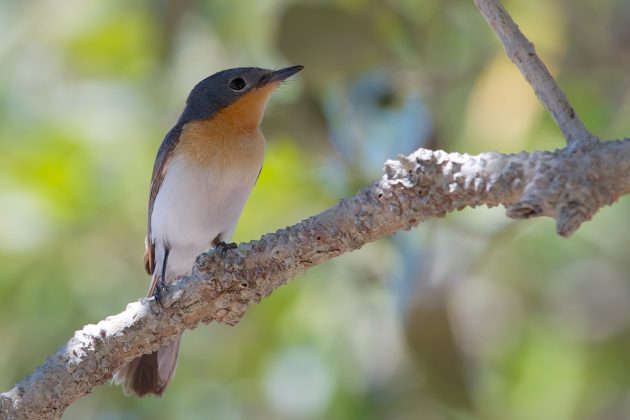
Our afternoon walk yielded a forest full of Broad-billed Monarchs, the Timor Fan-tail and Rainbow Bee-eaters. The 70-ies band with arguably the most misogynistic song lyrics ever are best to be forgotten. Their namesake the Supertramp Fan-tail however, is a delightful creature. I heard and then saw one and was enchanted. There are no photographs on Wikimedia Commons so I could have made history with my pictures. I didn’t get a picture of course, but my long-deceased countryman Joseph Smit made a pretty drawing.
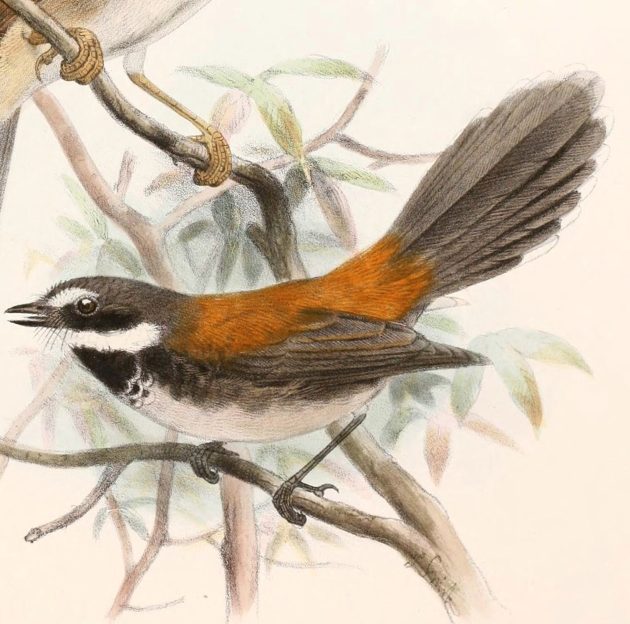
After the forest walk and a good night’s sleep, Capitão Cacatua and I were out looking for Yellow-crested Cockatoos. Some explanation first, Capitão Cacatua is my name for a gentleman associated with the Valu Sere Beach Cooperative. He didn’t utter a single word during many hours together in the forest but, most importantly, he knows the fruiting fig trees. Ask for Capitão Cacatua when you visit and you may see a wild Yellow-crested Cockatoo. If you do, you will be more fortunate than I was, because I heard one and glimpsed “something fleeing the scene“. As Fox Mulder should have said: “The cockatoo is out there“.
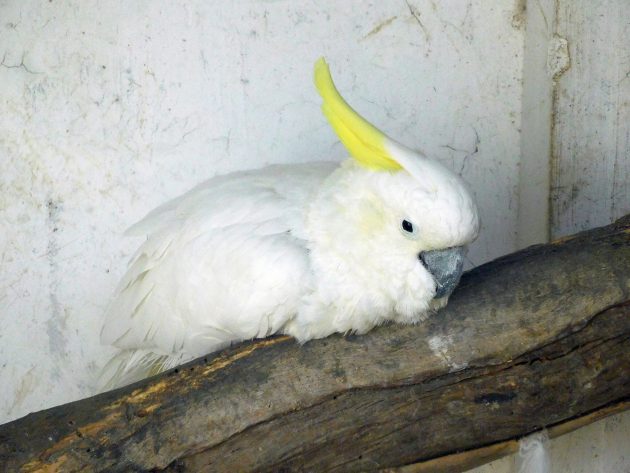
I am showing you this magnificent and highly intelligent bird in a miserable cage. Vasu VR took the photograph that poignantly shows what bird trapping and the caged bird trade mean: solitary confinement for social animals with the intelligence of a primary schoolkid and extirpation, even extinction of wild populations. This is not a victimless crime. Contact your local BirdLife partner and act against trapping. Alternatively and probably more fun, go to Timor-Leste, Indonesia or elsewhere where trapping is rife, spend money and demonstrate the value of free-flying birds by being what you already are: a birder.
Oh, and that Timor Sparrow? Never saw it. Reason enough to go back and follow my own advice.







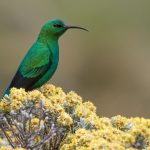
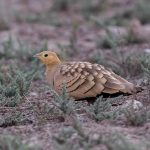
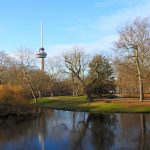
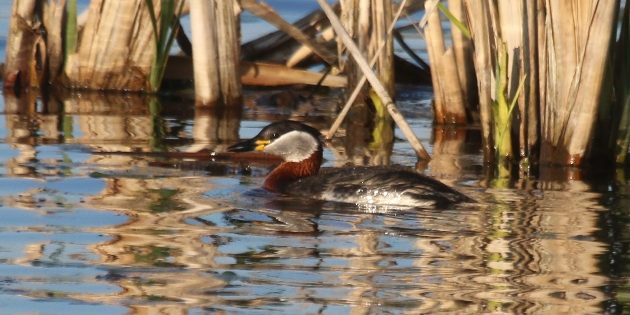
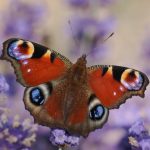
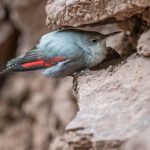
Bad photos (unless taken by somebody else) and great writing: Just what we expect from Peter. Please keep traveling and writing.
Great post!